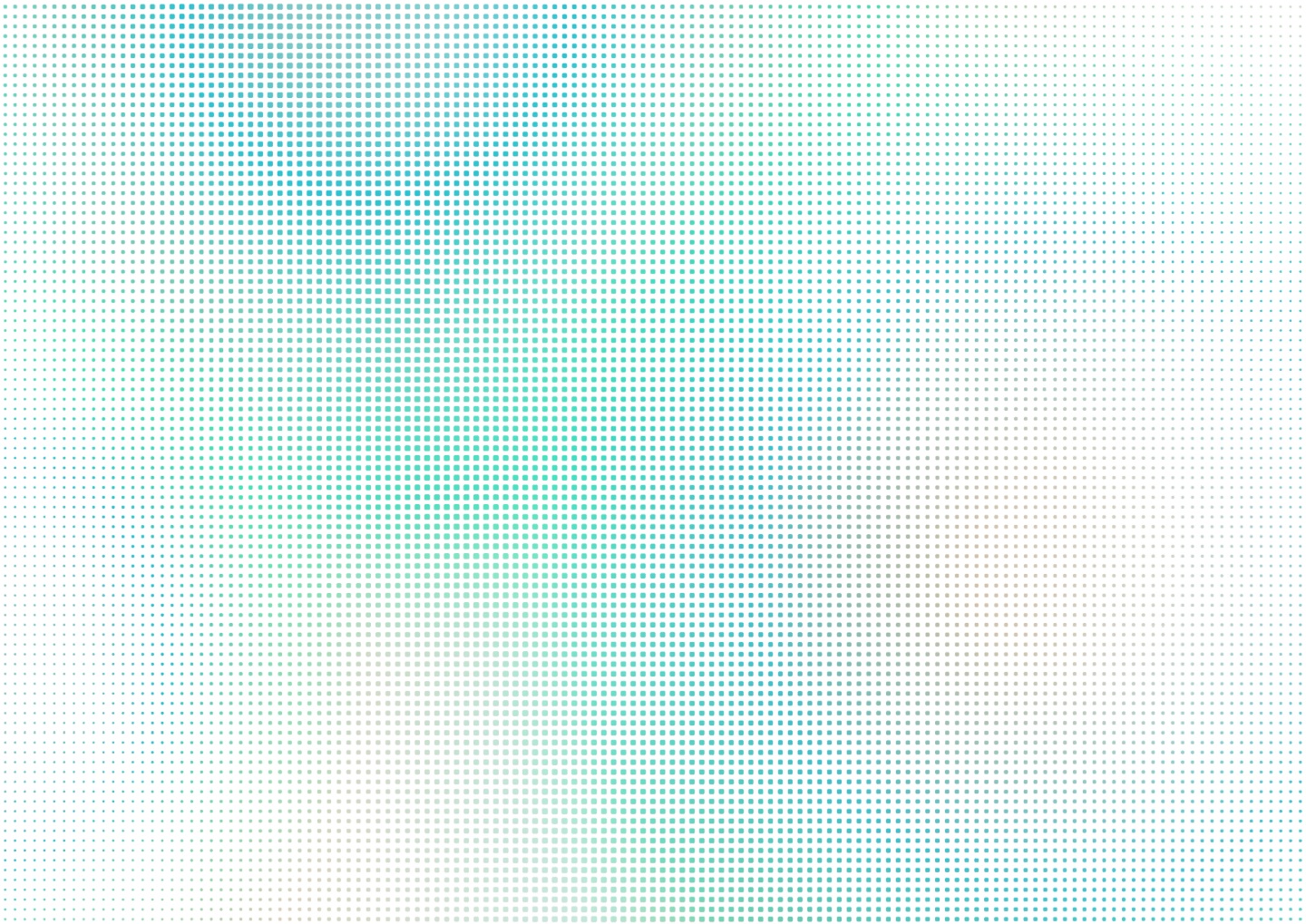Our Methodology
This database gives the quantum circuit complexity for materials of practical interest. The database is constructed using a fully automated protocol, requiring only the atomic positions and lattice coordinates for each material of choice. We start from classical descriptions of periodic solids and produce a quantum circuit which implements quantum simulation of that material, namely the Variational Quantum Eigensolver algorithm. In particular, we focus on the quantum circuit depth, since near term quantum computers are limited by the number of operations they can reliably perform.
In order to produce quantum circuits, we use Phasecraft's custom software that passes each material through a pipeline, described in this paper. Each stage performs calculations and optimisations on classical computers to produce a new representation of the material, which is then input to the subsequent stage, culminating in a quantum circuit.
Glossary
Material Info
Here we describe various properties of the material. We list the main structural properties of the material at hand, as well as details on where the original information about the structure was obtained.
Baseline
We compare our results to baseline estimates. These are computed using the best known alternative techniques to implement the same Hamiltonian terms on a quantum circuit, without the optimisations we've introduced. These calculations are detailed in Appendix A of our paper.
Density Functional Theory
Density Functional Theory (DFT) is the premier materials modelling framework at the atomic scale. It is ab initio, meaning that ground state electronic and structural properties can be predicted from knowing the periodic lattice constants and ionic positions of the unit cell alone. These properties can inform information about a materials suitability for different types of applications.
While DFT has been shown to be very useful for a wide range of materials, it has some significant limitations in dealing with systems of strongly correlated electrons. In these cases, the qualitative and quantitative predictions of DFT can be wildly inaccurate. Hence there is a need to go beyond DFT to reliably make predictions for these types of materials and to accurately assess their suitability for novel technologies. Here we use DFT to generate an initial set of non interacting Kohn Sham wave functions in the plane-wave basis (as implemented in Quantum Espresso) which is the first step to generating a quantum circuit for the chosen material.
Wannier Functions
Wannier Functions (WFs) are real space localised basis functions that are routinely used in DFT codes to represent the Kohn Sham atomic orbitals of a material’s system. We used maximally localised Wannier functions (MLWFs), produced using Wannier90, which transforms the plane wave basis functions into their real space counterparts using a classical optimisation protocol. Obtaining the real space WFs allows for the construction of realistic, second quantised materials Hamiltonians that can be then implemented as circuits on quantum computers.
Hamiltonian
Materials, like all quantum mechanical systems, are described by their Hamiltonian: a mathematical description of the physical interactions between the electrons which constitute the system. Interactions between electrons are predominantly hopping terms, where an electron jumps from one orbital to another. The other dominant mechanism is Coulomb terms, where two electrons switch orbitals simultaneously. Hamiltonians list the hopping and Coulomb terms involved in a given system. The likelihood of a Hamiltonian term occurring can be computed using the overlap of two orbitals. We know the orbitals from the previous stage, so by performing calculations on the Wannier functions, we can establish the coefficients for each possible Hamiltonian term for a particular material. Then, from the relative strength of the coefficients we can assess which terms are dominant in the Hamiltonian. We truncate the Hamiltonian by discarding negligible terms. Then, the retained terms are believed to be important to the dynamics of the system we care about: we must include them in our quantum simulation.
Encoding
In order to simulate any system of electrons (which are fermions) on a quantum computer, we must first specify an encoding, which maps the material’s electrons (or modes) to the qubits of the quantum computer. This step is important to ensure the physics is correctly represented by the processing of the quantum computer. In this work, we introduce a hybrid encoding, combining the usual Jordan Wigner encoding with Phasecraft’s compact encoding. We specify the bulk of the material by the number of sites modeled, as well as the number of modes per site. The total number of modes is closely related to the final number of qubits required.
We specify the bulk of the material by the number of sites modeled, as well as the number of modes per site. The total number of modes is closely related to the final number of qubits required.
Compilation
Next we compile the quantum circuit, combining the Hamiltonian with the encoding to find the order in which to apply quantum operations. The Hamiltonian tells us which physical terms we must implement, i.e. the hopping and Coulomb terms between modes (electrons) of the system, while the encoding tells us which modes correspond to each qubit. The compiler maps the required quantum operations to logical gates on the qubits. It determines which terms may be implemented in parallel, based on which modes are required for each term, as well as the configuration of modes, i.e. the modes’ connectivity.
Circuitry
Once the compiler has found the order in which Hamiltonians terms will be implemented, the final step is to compose a custom quantum circuit according to the quantum computer we are targeting. Quantum computers each have their own native gate sets – the quantum gates which are physically available on the hardware. Native gate sets are universal, so are equivalent to each other (i.e. can achieve the same physical operations), but may require different mappings from logical operations to gate instructions. Quantum computers also have specific connectivity, i.e. which qubits are adjacent to which others, that must be considered when constructing real quantum circuits.

